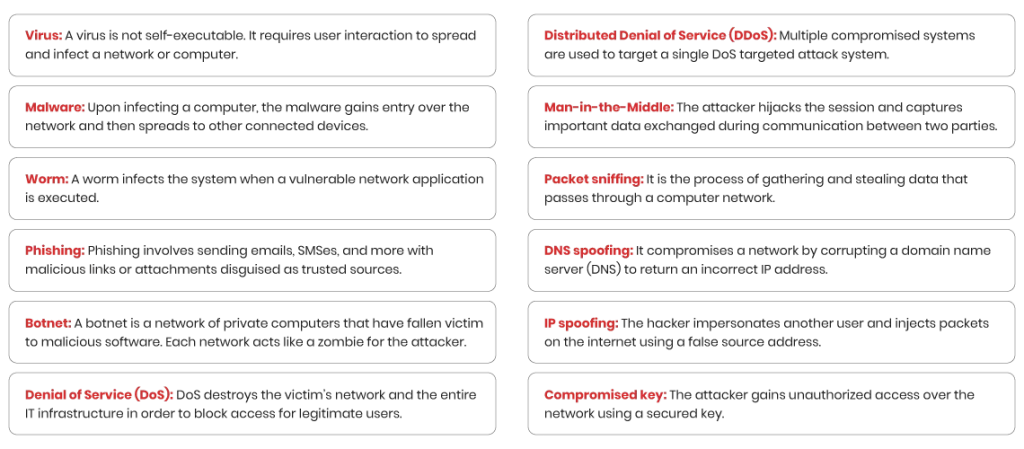Basic Networking Part 5 — What is Computer Networking?
Introduction
A group of computers that are linked together is referred to as computer networking. Meanwhile, a node can be a computer, printer, or any other device capable of delivering or receiving data. As a result, communication channels are the linkages that bind the nodes together.
When tasks are shared across multiple machines in a computer network, distributed processing is used. Instead of one computer handling the entire task, each computer is in charge of a portion of it.
Computer networking or Networking refers to the communication between connected computing devices (such as laptops, desktops, servers, smartphones, and tablets) and an ever-growing array of Internet of Things (IoT) devices (such as cameras, doorbells, refrigerators, audio/visual systems, and different sensors).
Applications
The following are some examples of network applications in various fields.
- Financial services.
- Marketing and sales.
- Information technology.
- Security services.
- Manufacturing.
- Cellular telephone.
- EDI.
- E-mail.
- Teleconferencing.
- CMS.
- VOIP.
Objectives
The following are the computer network’s key objectives.
- Resource sharing.
- Cost reduction.
- High reliability.
- Improve performance.
- Communication medium.
Categories
Computer networks are divided into four groups based on their complexity:
PAN: PAN : A personal area network (PAN) is a computer network built around a single person. In addition, the most typical components are a computer, a cell phone, or a personal digital assistant. PAN can then utilize this information to connect these personal devices to a digital network and the internet by establishing contact.
LAN: A Local Area Network (LAN) is a collection of computers and peripheral devices connected in a local area, such as a school, laboratory, house, or workplace. It is a widely used network for sharing data, printers, games, and other software. The most basic type of LAN network is one that connects PCs and printers in a person’s home or company.
MAN: To begin, a Metropolitan Area Network, or MAN, is a computer network that stretches across a city, a college campus, or a small area. Second, unlike a LAN, which is normally limited to a particular building or place, this network is far larger. As a result, depending on the configuration, this type of network can span distances ranging from a few miles to tens of kilometers.
WAN: The WAN (Wide Area Network) is another important computer network that spans a big geographical area. A WAN network system, on the other hand, could be a LAN/MAN link that connects to other LANs/MANs via telephone lines and radio waves. It is usually limited to a single business or organizations.
Summary
To summarize, computer networking is the process of bringing applications and devices together to achieve a desired objective or purpose. Computer networks can be just a router and a laptop or scale to an entire datacenter, depending on your requirements.







